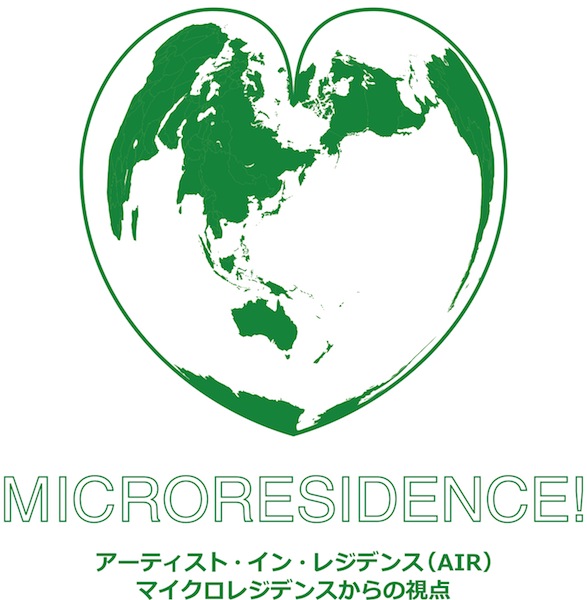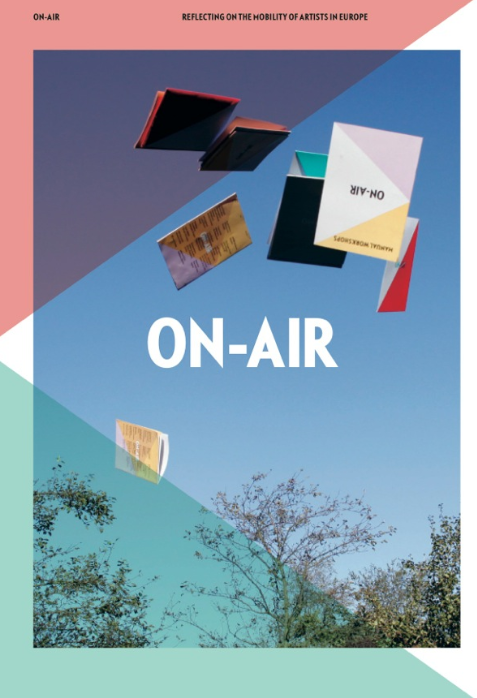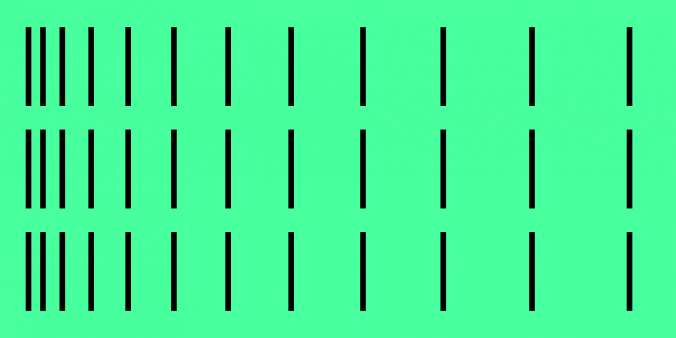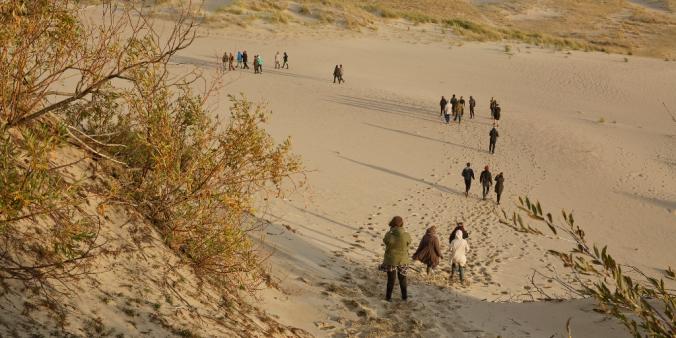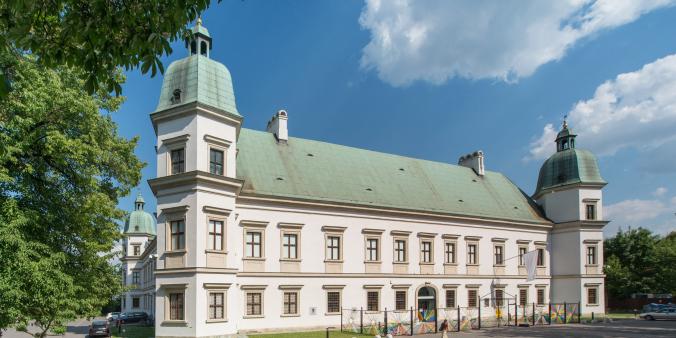Researches about AiR
This page will be updated soon.
The Colony Log (2011-2013)
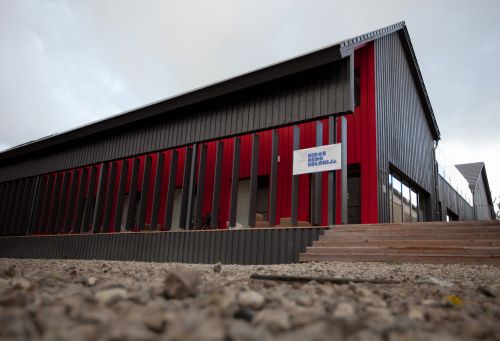 Nida Art Colony publishes a bilingual (LT/EN) magazine, that covers its activities as well as thematic topics, such as Remoteness in and around Contemporary Art and residencies (2011) and "Taking Time" (2013).
Nida Art Colony publishes a bilingual (LT/EN) magazine, that covers its activities as well as thematic topics, such as Remoteness in and around Contemporary Art and residencies (2011) and "Taking Time" (2013).
Log in to the Colony log here: nidacolony.lt
D’Art No.45: International Perspectives on Artist Residencies (2013)
In October 2012, IFACCA conducted a survey of its members to understand more about global trends in government support for artist residencies. The report considers: Government Support for Artist Residencies, Objectives and Outcomes of Residencies, Mapping of Residencies, Funding Opportunities for Residencies, Evaluation of Residencies, Future Actions.
Download the D'Art report: International Perspectivse on Artist Residencies (2013) for free on IFACCA's website.
In 2011 Youkobo Art Space in Japan began a “research study of microresidencies” in the form of a questionnaire, and from the feedback it received in this survey, Youkobo was able to make a rough start in imaging the wider picture of microresidencies, their presence and conditions around the world.
Download the report Microresidence! 2012 - Artist in Residence, from a Micro Perspective on www.youkobo.co.jp/microresidence for free.
ON-AiR: Reflecting on the mobility of artists in Europe (2012)
With this publication (170 pages), the partners of the ON-AiR project aim to take you on a ‘journey’, reflecting on the current state of mobility in which the artists in Europe operate and their art flourishes. It also includes a summary of the results and outcomes of the ON-AiR project.
The book can be downloaded for free as pdf or ordered in print at the TransArtists desk (at a charge of 10 Euro exc. postage).
Download: ON-AiR: Reflecting on the mobility of artists in Europe, 170 pages, pdf.
a.RTISTS IN TRANSIT (2012)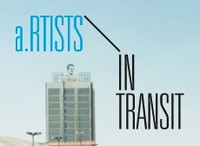
a.RTISTS IN TRANSIT is a publication by the German art infoportal IGBK based on lectures, discussions and workshops, which took place at the end of 2012 in Berlin. The event was focused on different motives for mobility and its ramifications on life and work of artists. Also practical advice on stipends and residencies were given to the participants. Language: English and German.
You can order at: igbk.de/en
From Surviving to Thriving: Sustaining Artist Residencies (2012)
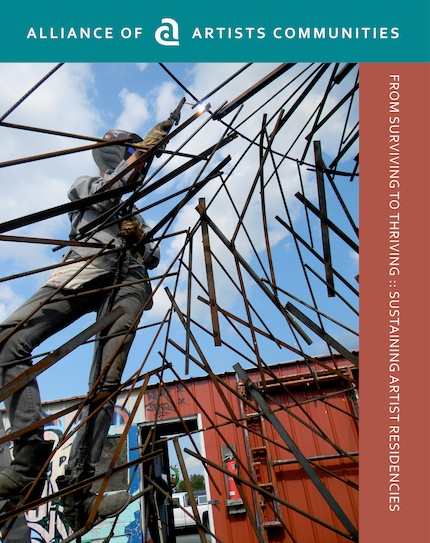 Over 2010-2011, the Alliance of Artists Communities set out to explore the question, "What is organizational sustainability, and how might it apply to artist residencies?". AAC conducted research into the capacity, challenges, and successful practices of artist residency centers. The resulting report – "Surviving to Thriving: Sustaining Artist Residencies" – features information and examples from 157 organizations on funding, personnel, governance, programming, property, environment, and priorities.
Over 2010-2011, the Alliance of Artists Communities set out to explore the question, "What is organizational sustainability, and how might it apply to artist residencies?". AAC conducted research into the capacity, challenges, and successful practices of artist residency centers. The resulting report – "Surviving to Thriving: Sustaining Artist Residencies" – features information and examples from 157 organizations on funding, personnel, governance, programming, property, environment, and priorities.
www.artistcommunities.org/sustainability
RE-tooling RESIDENCIES. A Closer Look at the Mobility of Art Professionals (2011)
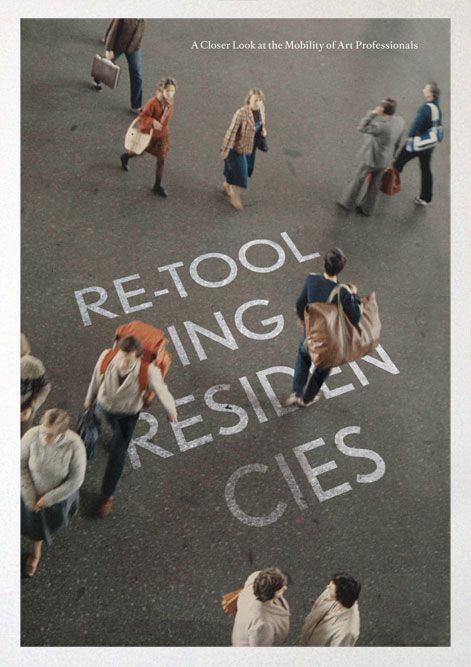 RE-TOOLING RESIDENCIES addresses how both arts communities and art institutions try to create arts residency centers in Eastern Europe and to cooperate with existing centers of this kind. The book can be downloaded for free in pdf.
RE-TOOLING RESIDENCIES addresses how both arts communities and art institutions try to create arts residency centers in Eastern Europe and to cooperate with existing centers of this kind. The book can be downloaded for free in pdf.
www.re-tooling-residencies.org
Residency resource handbook (2011)
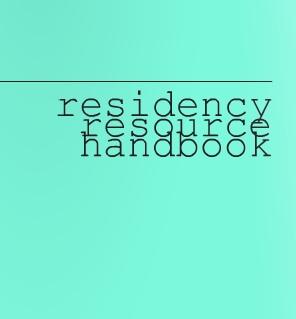 This resource manual of ArteEast offers readers a brief overview of online platforms and print sources relevant to understanding residencies and the social, cultural and political contexts in which they function. The 14-page manual covers:
This resource manual of ArteEast offers readers a brief overview of online platforms and print sources relevant to understanding residencies and the social, cultural and political contexts in which they function. The 14-page manual covers:
Online resources: platforms and networks
Structures and models of residencies
Personal narratives and reflections
Assessing impact: Outcomes and assessments
The manual can be viewed online.
arteeast.org
WE LOVE ARTISTS - Artist Residencies Around the World (2010)
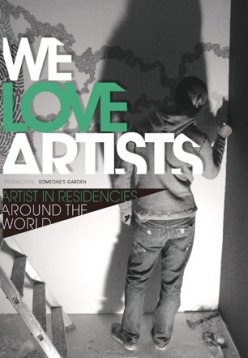 Color-coded by region of the globe (Asia, Oceania, Europe, North/South America, Africa/Middle East), the book includes photos of artists’ residences, studios and work they have done; descriptions of each program, including interviews with artists who have been there; and selection criteria. You will find the latest news from the programs where Gauguin, Donald Judd, Takashi Murakami, Makoto Aida and others have stayed and made great art. Includes a comprehensive list of 520 AIRs.
Color-coded by region of the globe (Asia, Oceania, Europe, North/South America, Africa/Middle East), the book includes photos of artists’ residences, studios and work they have done; descriptions of each program, including interviews with artists who have been there; and selection criteria. You will find the latest news from the programs where Gauguin, Donald Judd, Takashi Murakami, Makoto Aida and others have stayed and made great art. Includes a comprehensive list of 520 AIRs.
The book can be ordered at RAM publications (at a charge of $59.95)
The Ultimate Residency Resource Guide (2005)
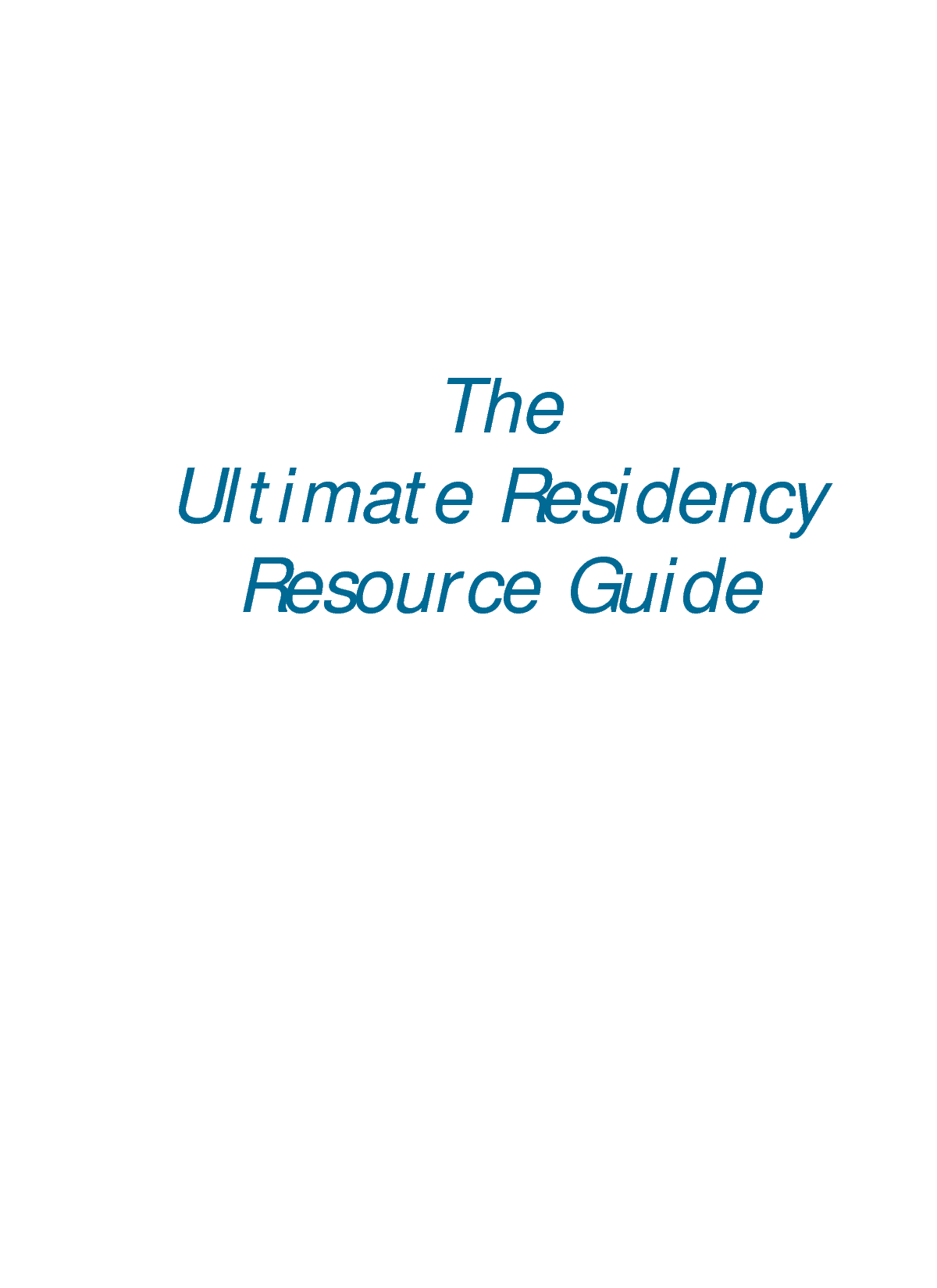 With more than 600 pages this ultimate guide the Alliance of Artists Communities offers the essential tools needed for artists’ residencies to function at a highly professional level: introductory topical essays, how-to overviews, and dozens of standard and sample documents on nonprofit management in general and artists’ residency programs specifically.
With more than 600 pages this ultimate guide the Alliance of Artists Communities offers the essential tools needed for artists’ residencies to function at a highly professional level: introductory topical essays, how-to overviews, and dozens of standard and sample documents on nonprofit management in general and artists’ residency programs specifically.
You can order at the AAC website
www.artistcommunities.org
Residencies: Spaces + Artists + Managers + Communities (2005)
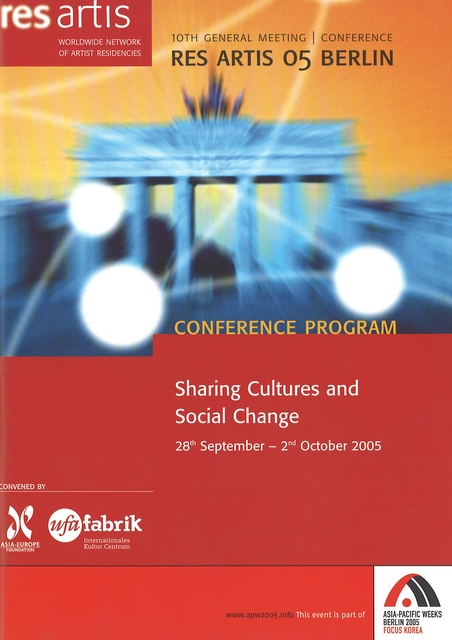 Residencies: Spaces + Artists + Managers + Communities features reflections, shared experiences and proposals on artists in residence programmes, particularly in Asia and Europe. The book highlights the relevance of artists exchange and mobility as well as the importance of the roles of local communities with regard to the enrichment of culture and the arts.
Residencies: Spaces + Artists + Managers + Communities features reflections, shared experiences and proposals on artists in residence programmes, particularly in Asia and Europe. The book highlights the relevance of artists exchange and mobility as well as the importance of the roles of local communities with regard to the enrichment of culture and the arts.
The publication can be ordered at the ASEF website (free).
